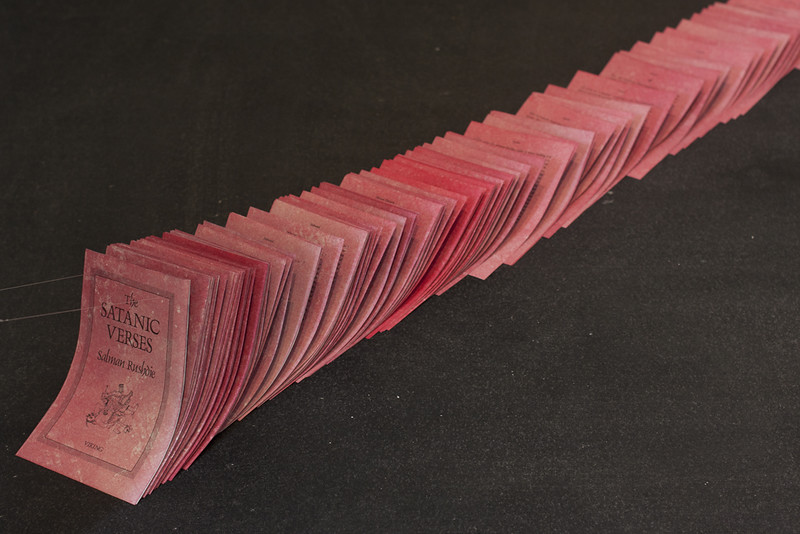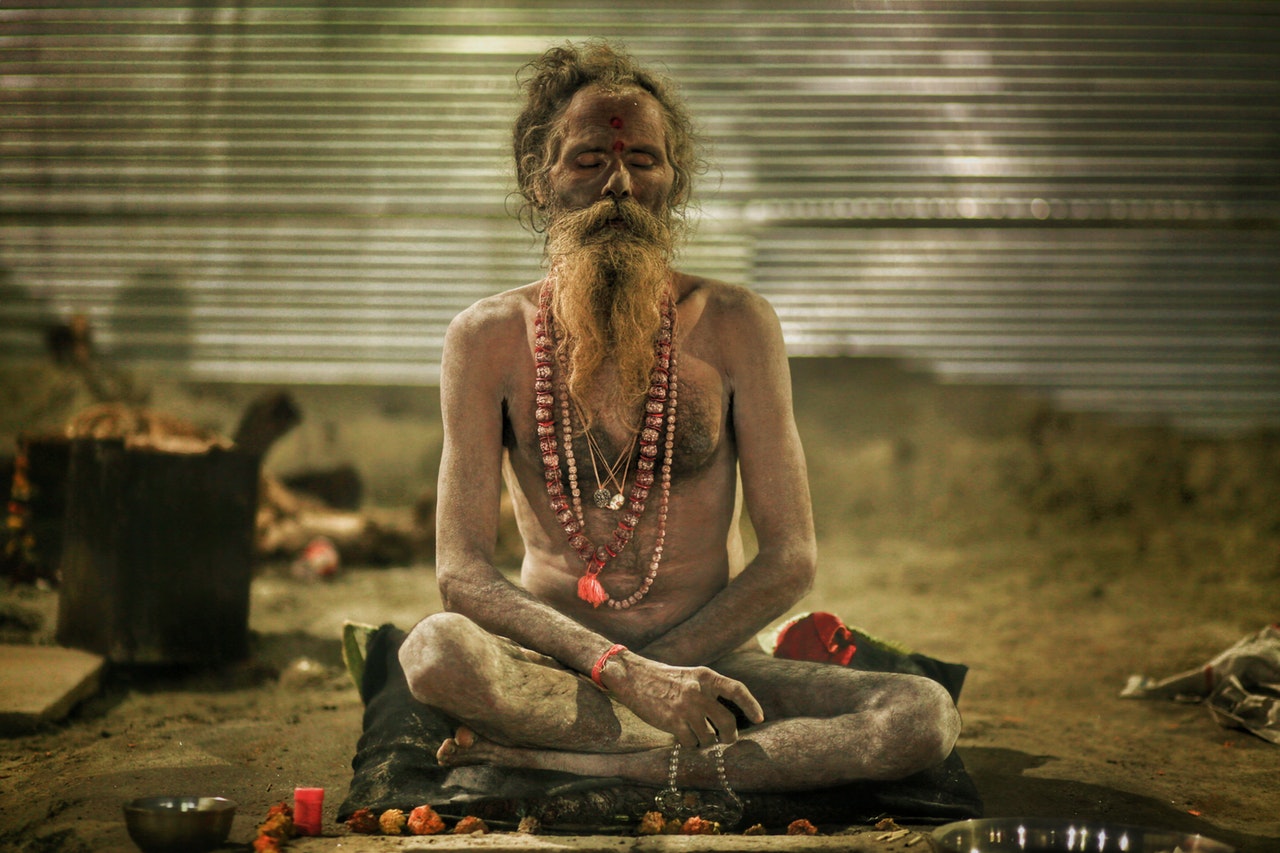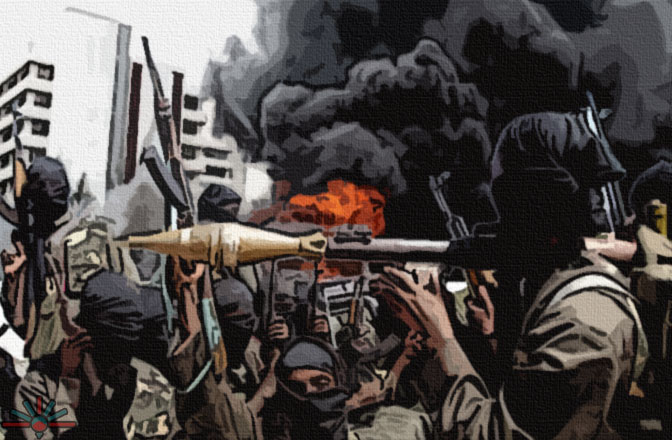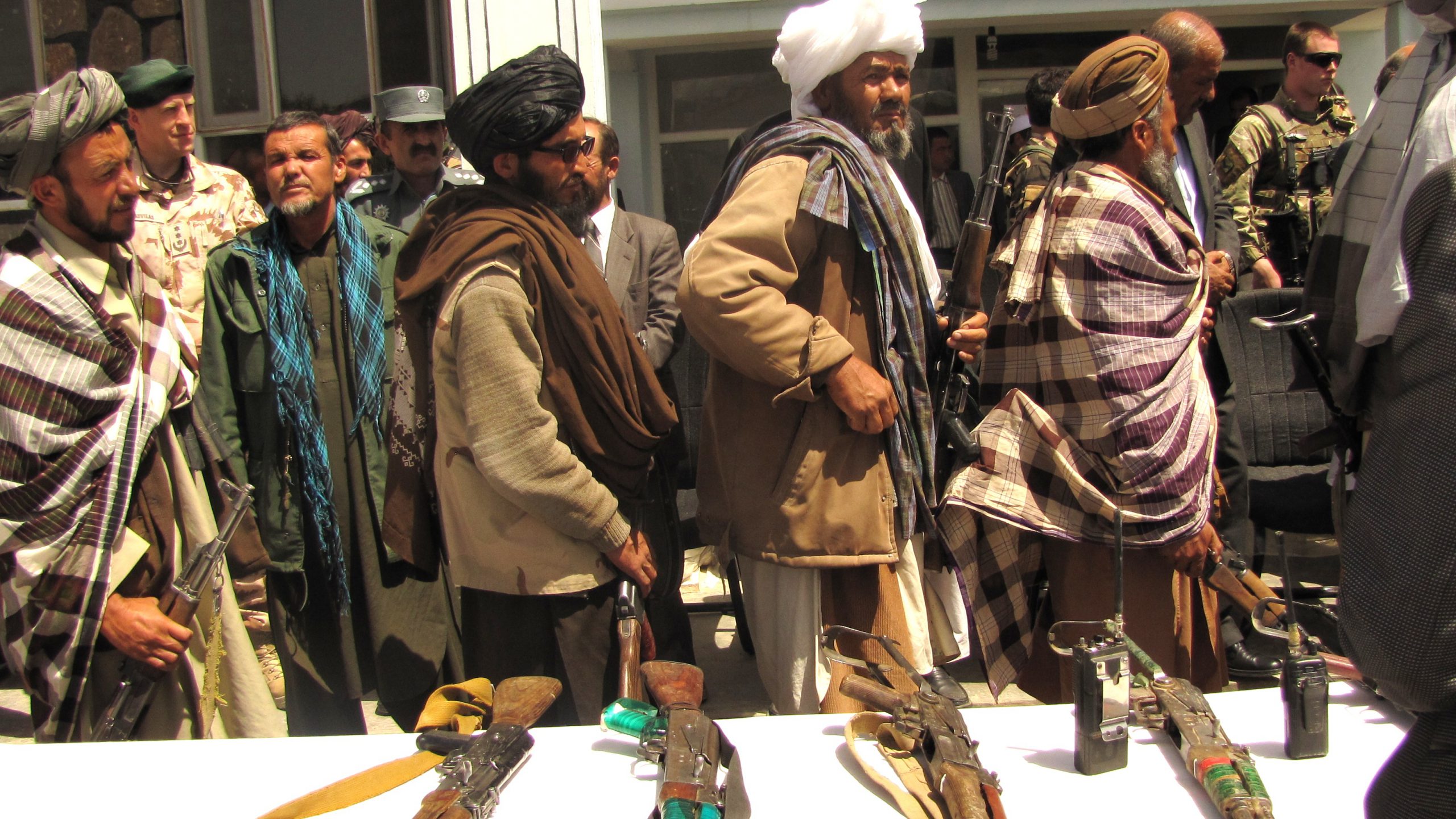Reading Time: 2 minutes
- The Satanic Verses, said to be inspired in part by the life of Prophet Muhammad, was first published in the UK in 1988.
- The book (banned in several countries) focuses on two characters Gibreel & Saladin — Indian Muslims living in England — who meet on a flight that is hijacked by Sikh terrorists.
- During an argument, the terrorists accidentally detonate a bomb, destroying the aircraft.
- As Gibreel and Saladin (they magically survive) fall from the aircraft, Gibreel is transformed into an archangel (angel of greater than ordinary rank) Gabriel and has a series of dreams.
- In these dreams, Gibreel encounters another central character in a way that is said to resemble Islam’s traditional account of Gabriel’s (Jibrīl in Islam) meeting with Prophet Muhammad.
- In at least one of these dream sequences, the book re-interprets the founding of Islam and the life of Prophet Muhammad, and these reinterpretations have been criticized as offensive to Muslims.
- The book also uses an offensive name, Mahound, for the character that is said to represent Prophet Muhammad; this name was used in the Middle Ages (5th century to 15th century) by Christian writers to present Muhammad in a devilish way.
- In the book, Salman Rushdie (author) is also said to have used the word Jahilia (a period that translates to the “Age of Ignorance”) to refer to Mecca (the holiest city of Islam).
- The names of the Prophet’s wives are also said to have been used in an inappropriate manner.
- In Islam, Jibrīl, over a 22-year period, recited God’s words to Prophet Muhammad, who repeated the words to his followers.
- These words were written down by the scribes (writers) and became the verses and chapters of the Quran.
- In The Satanic Verses, the scribe rejects the authenticity of his master’s recitations.
- The book divided the world — on one hand, bookstores selling the book were bombed, the Japanese translator was stabbed to death, five rioters in Pakistan were killed; on the other, free speech proponents took to the streets supporting Rushdie, claiming that Hitler also started by burning books.
- On 14th Feb 1989, the Supreme Leader of Iran, Ayatollah Ruhollah Khomeini, issued a fatwa against Rushdie, calling on “all brave Muslims” to kill Rushdie and his publishers.
- A fatwa is a judgment issued by a religious scholar and can only be canceled by that same scholar; because Khomeini died in June 1989, the fatwa still exists.
- Many religious scholars (from different religions) and intellectuals, over the years, have criticized Rushdie for his poor judgment and have accused him of using his privilege to ridicule Muslim beliefs, leading to events that presented the community as violent.
Image courtesy of Crumpart through Flickr








